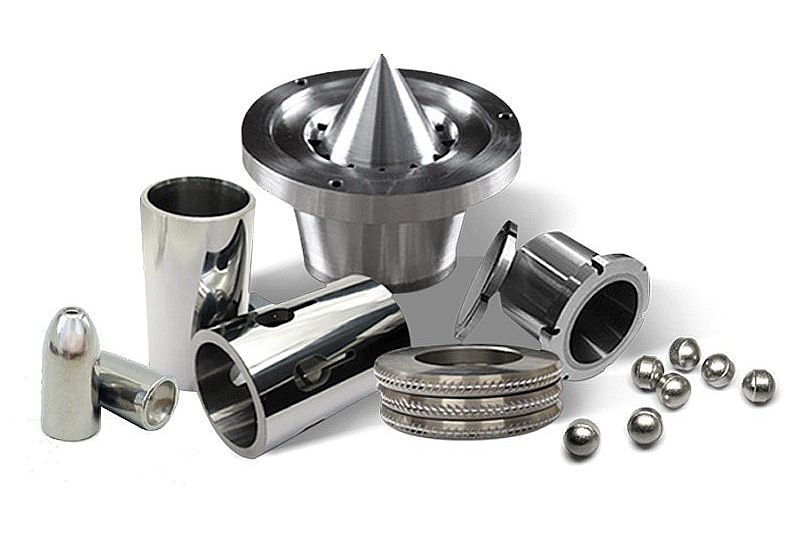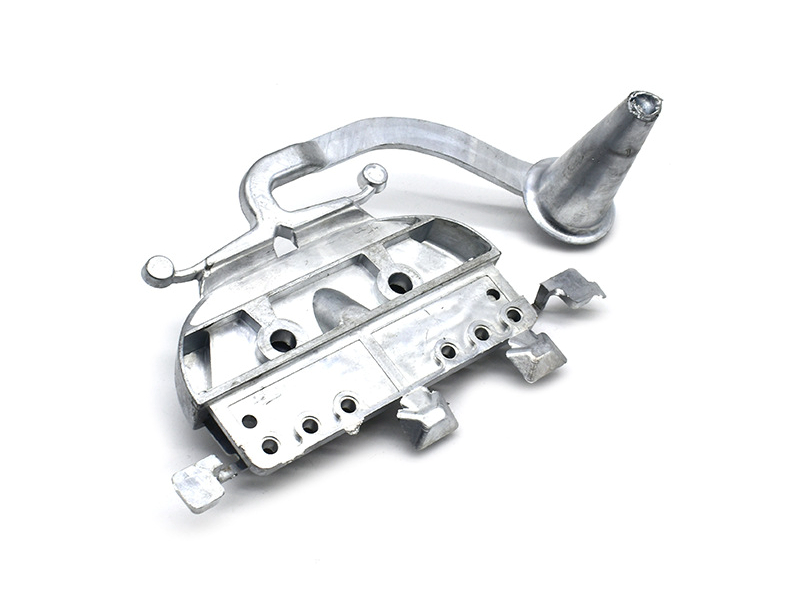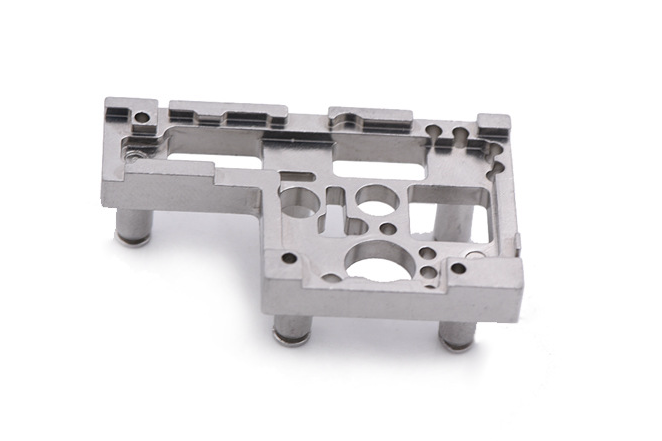How to choose the best manufacturing process for prototype cost, speed, and validation?
From an engineering perspective, selecting the right manufacturing process for medical and surgical prototypes involves balancing three key dimensions: cost, lead time, and the degree of similarity between the prototype and the final production parts. For precision surgical instruments and devices in the medical device sector, we typically combine fast, low-investment methods for early design iterations with more production-representative processes as we approach verification and validation.
Start with Clear Prototype Objectives
The first step is to define what the prototype must prove: ergonomics only, functional performance under load, sterilization resistance, or full regulatory validation. When the goal is primarily form and ergonomics, low-cost, fast-turn methods such as 3D printing prototyping are ideal. As you move toward mechanical and biocompatibility validation, processes closer to the final route—such as CNC machining prototyping, injection molding, or metal injection molding—become more relevant.
Fast Iterations for Design and Ergonomics
For early-stage handle designs, housings, and user-interface elements, additive processes deliver speed and low cost. Plastics such as ABS, polycarbonate, or PET via 3D printing prototyping allow quick changes in geometry with minimal investment. This is ideal for surgeon feedback sessions where grip, visibility, and access are evaluated before committing to tools. For metal-like behavior in clamps or structural inserts, alloys such as Inconel 718 or AlSi10Mg can be additively manufactured to simulate weight and stiffness.
Functional and Mechanical Validation
When precise tolerances, sharp edges, and stable mechanical performance are required, machining is usually the most direct path. CNC machining prototyping in medical alloys such as stainless steel or high-performance polymers like PEEK provides accurate geometries, excellent surface quality, and predictable mechanical behavior. These prototypes are suitable for fatigue tests, torque testing, and basic sterilization trials.
For very small or complex metal parts that will ultimately be made via metal injection molding, a typical approach is to start with machined or 3D-printed metal prototypes to validate function, then move to pilot MIM samples using alloys like MIM 316L or MIM 17-4 PH for process capability and densification studies.
Tooling-Based Routes for DFV, DFM, and Cost Estimation
As the design approaches freeze, it becomes important to validate manufacturability and piece-cost assumptions for volume production. Rapid molding prototyping bridges the gap between 3D printing and full-scale tooling by using simplified or soft tools to produce a small batch of molded parts in final resins such as nylon, PP, or polycarbonate. This allows you to validate filling behavior, shrinkage, and assembly fit under realistic molding conditions without the full cost of hardened steel tools.
For components that will end up in ceramic injection molding or powder compression molding, early pilot tools help confirm debinding, sintering shrinkage, and warpage behavior. Choosing this route earlier in the project gives more reliable data for long-term cost and capacity planning.
Surface Treatment and Sterilization Validation
Prototype strategy should also consider finishing and sterilization. When you need to validate how blades or instruments behave after repeated autoclave cycles, it is important to apply near-final surface treatments such as electropolishing, passivation, or hard coatings via PVD. Bulk finishing methods like tumbling can be introduced at pilot scale to evaluate their impact on sharpness, fit, and cosmetic appearance.
Practical Selection Guidelines
Use 3D printing prototyping for low-cost, fast ergonomic and form studies.
Switch to CNC machining prototyping when tolerances, edges, and strength must match final devices.
Introduce rapid molding prototyping to validate moldability, assembly, and true resin behavior.
Plan early pilot runs via metal injection molding or injection molding for realistic cost and capability data.
Always align prototype route with regulatory and verification needs, using prototyping phases to de-risk design before validation builds.



